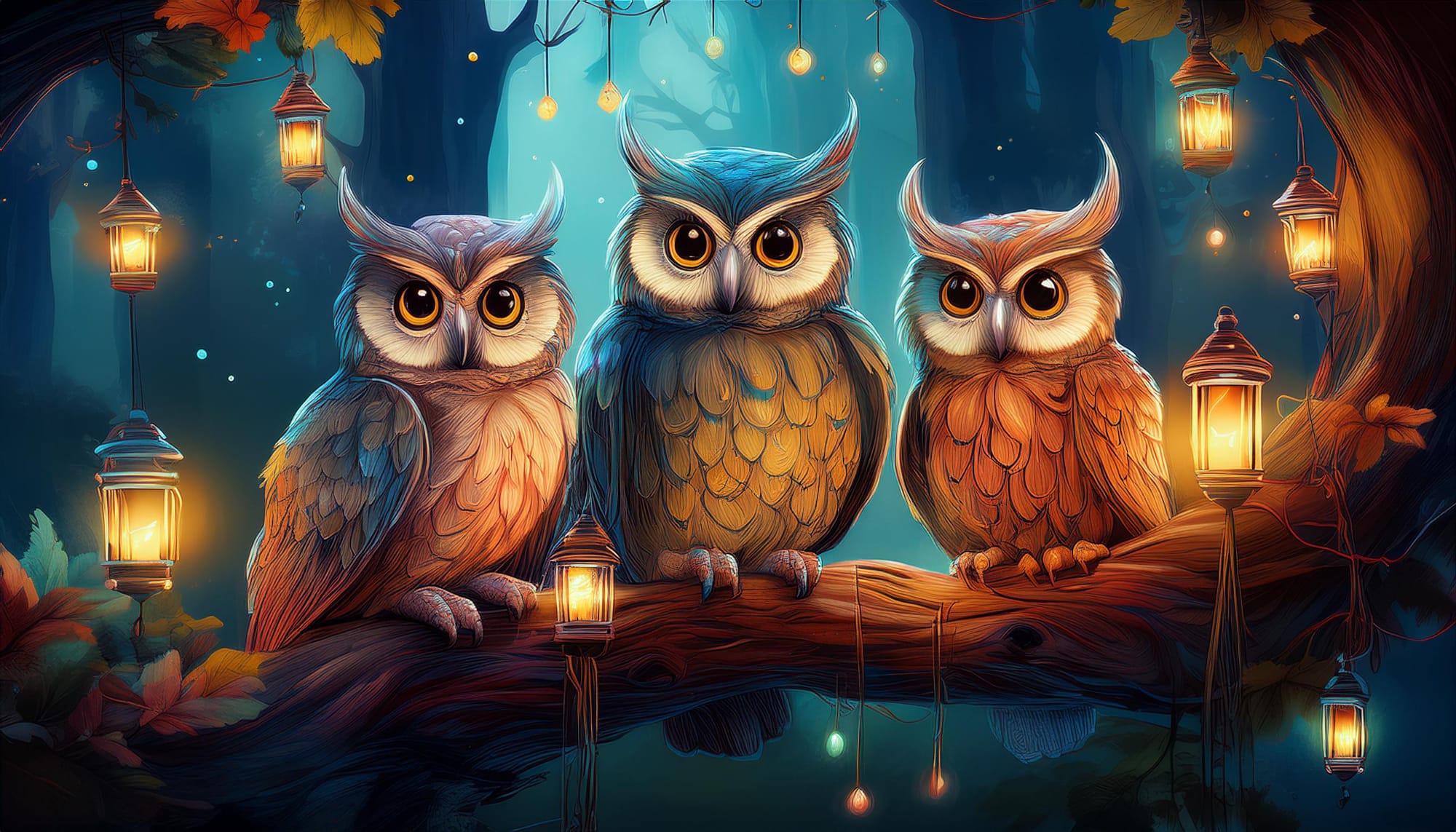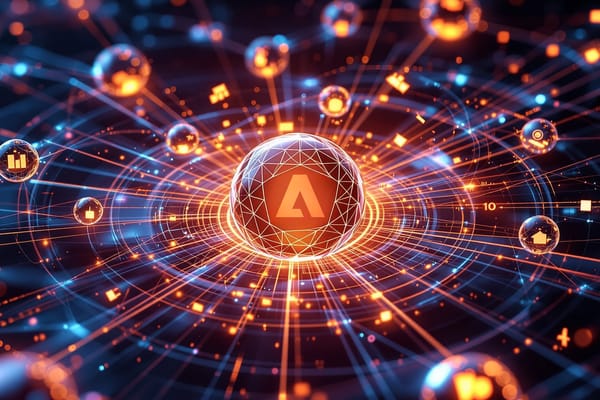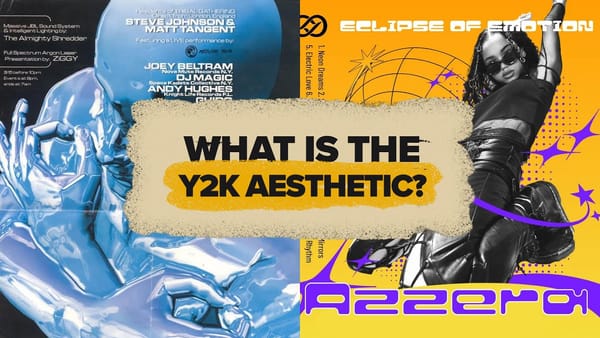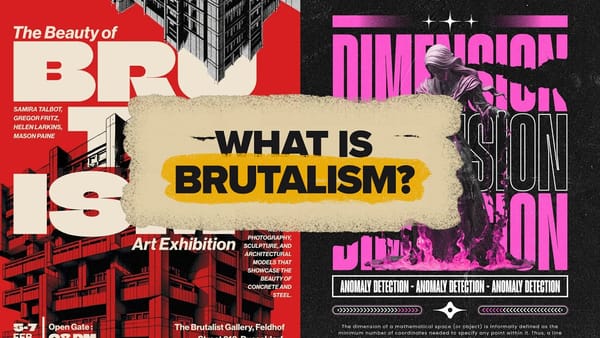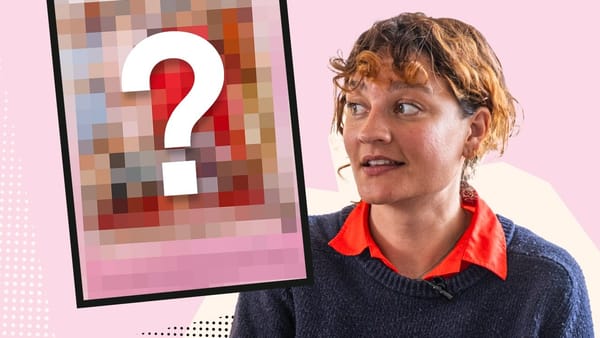Owls have long captivated the human imagination. Their silent flight, wide eyes, and mysterious presence have made them symbols of wisdom and intrigue across cultures. Whether perched quietly or soaring through the night, these creatures evoke a sense of wonder. For digital artists and designers, the owl is a fascinating subject, rich in symbolism and beauty.
There’s something captivating about an owl’s movement. Unlike most birds, they glide silently through the night, their feathers designed for minimal sound. This silent flight adds to their enigmatic nature. In many cultures, owls are seen as symbols of knowledge and foresight, their ability to see clearly in the dark representing the pursuit of truth in an uncertain world.
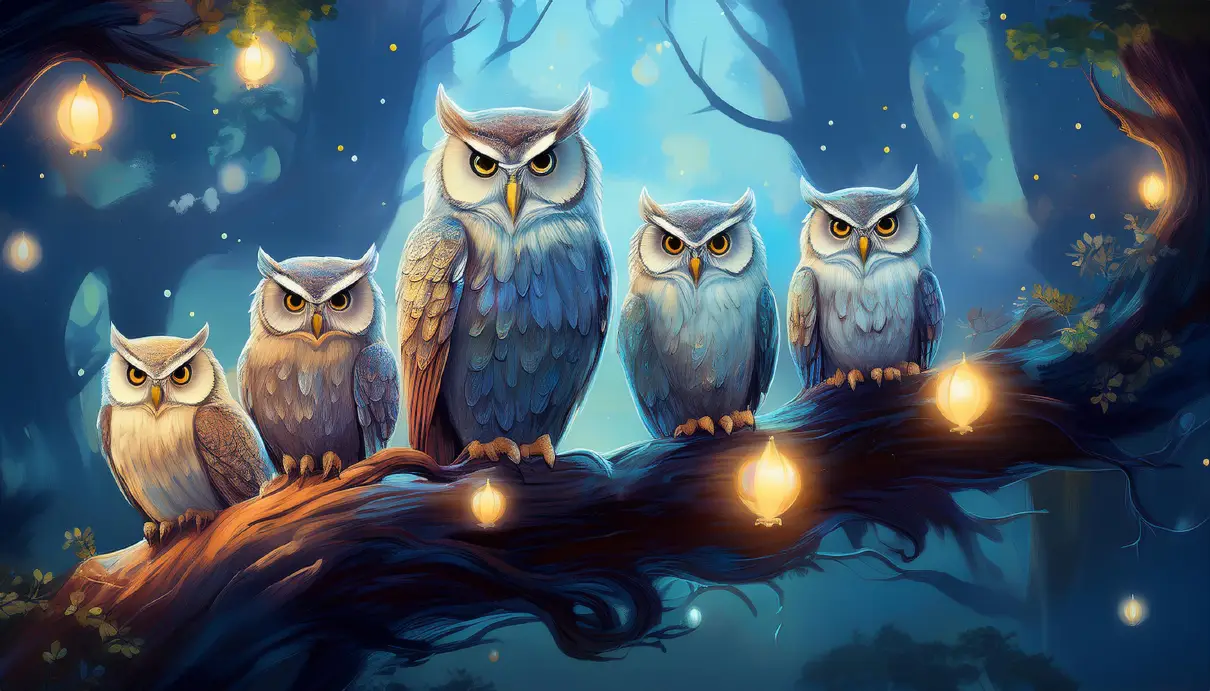
But it’s not just their silent flight that draws attention. Owls also have a unique visual appeal. Their "facial disc," which acts like a sound funnel, gives them an otherworldly expression. Wide eyes framed by soft feathers add intensity and wisdom. The contrast between their round eyes and sharp talons creates a striking image that blends softness with strength.
Capturing the essence of an owl through digital art presents a challenge—artists must convey both grace and mystique. The owl’s ability to express vulnerability and power in a single glance provides an opportunity to explore contrasts, such as light versus dark, stillness versus motion, and serenity versus intensity. These dualities offer a perfect foundation for captivating compositions, whether through realism or abstraction.
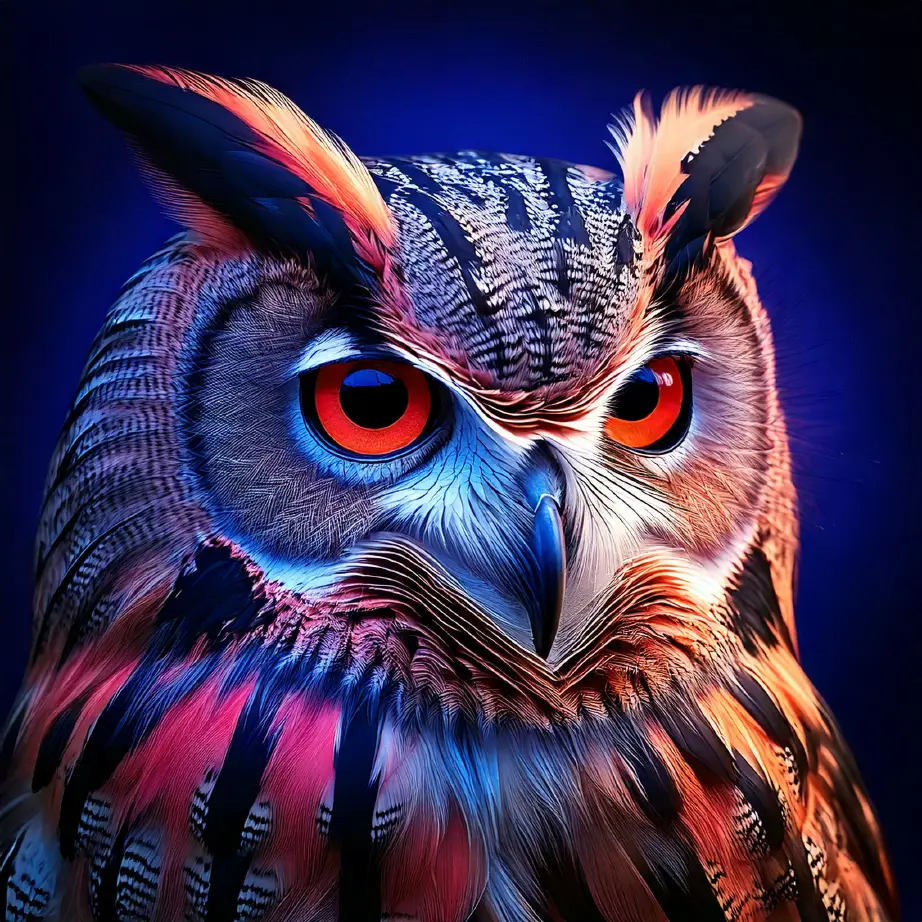
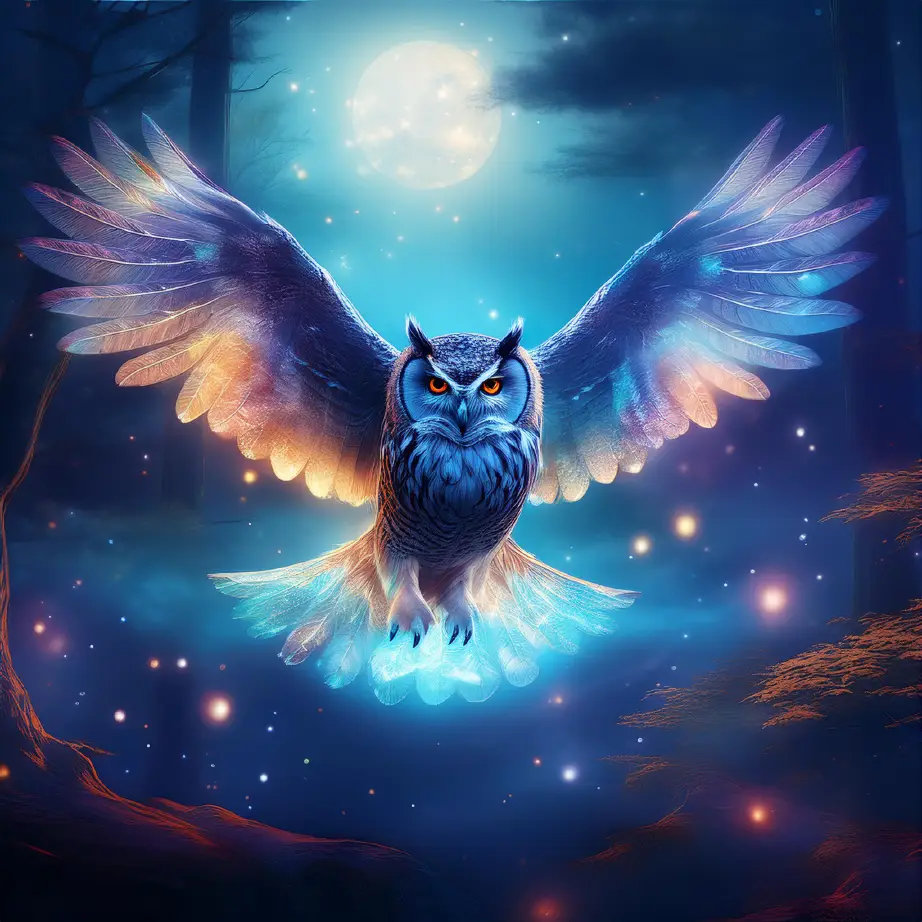
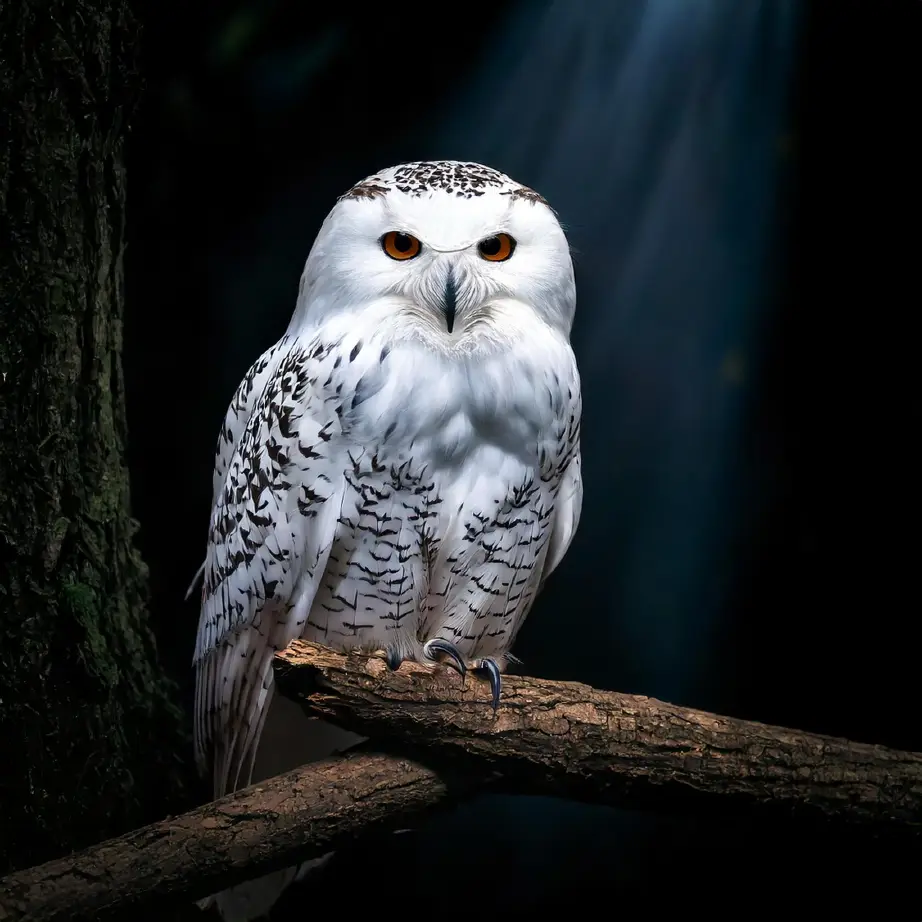
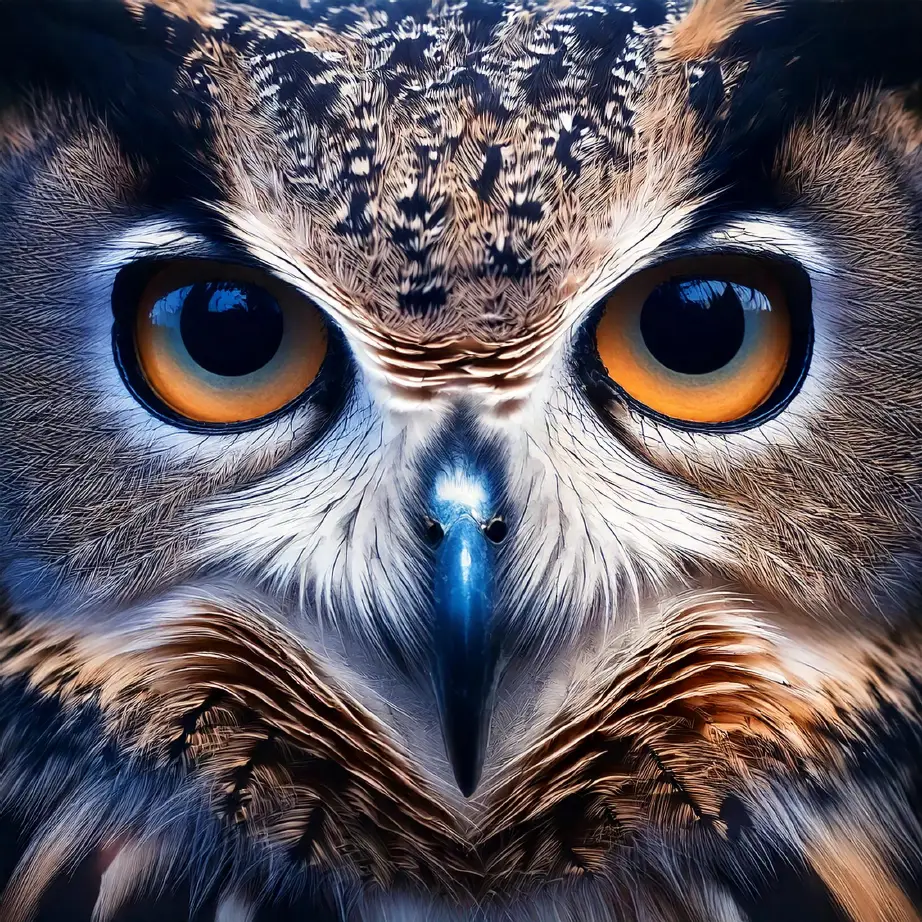
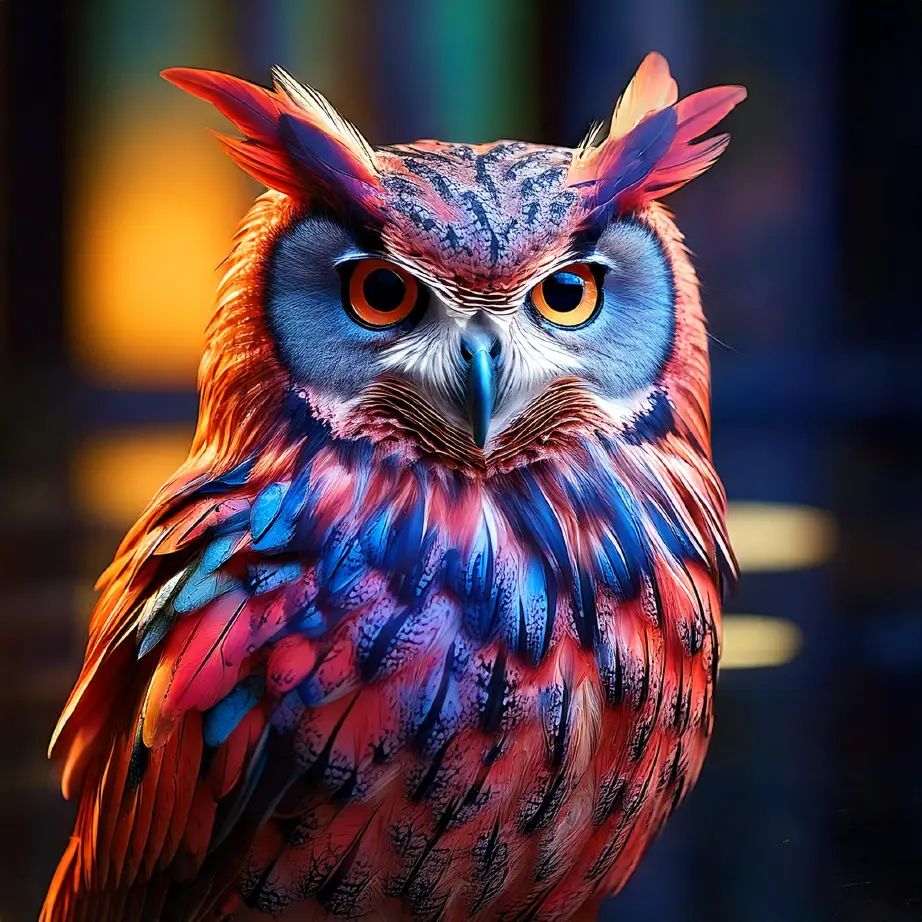
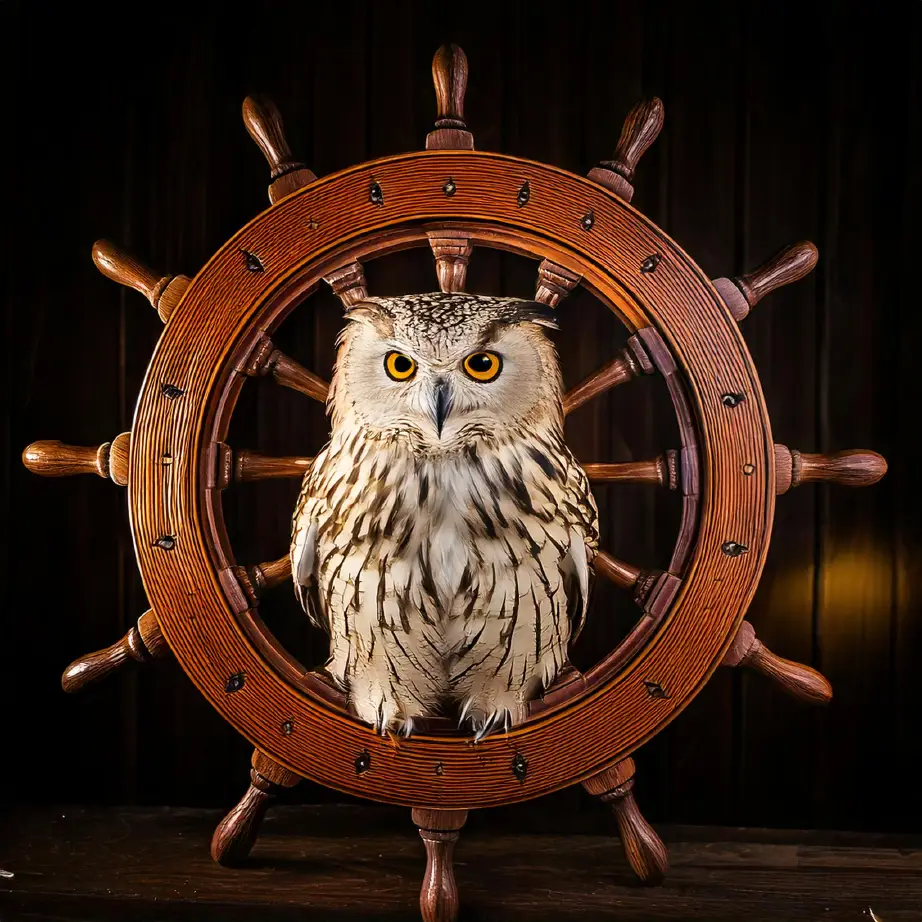
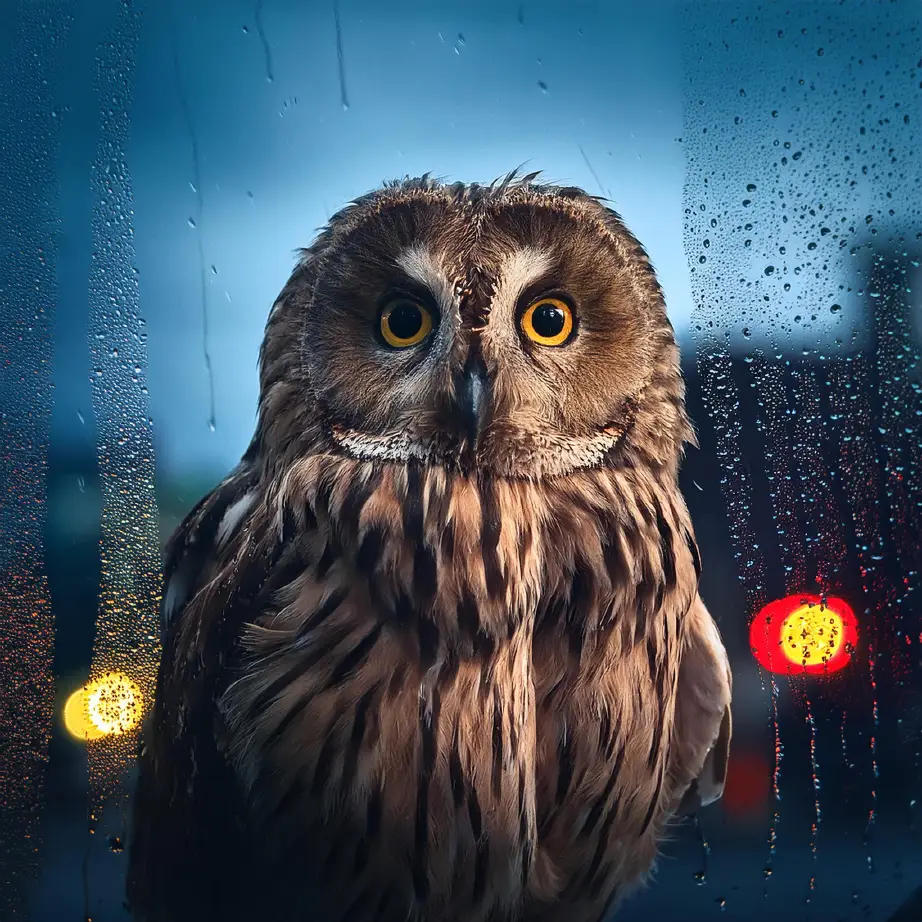
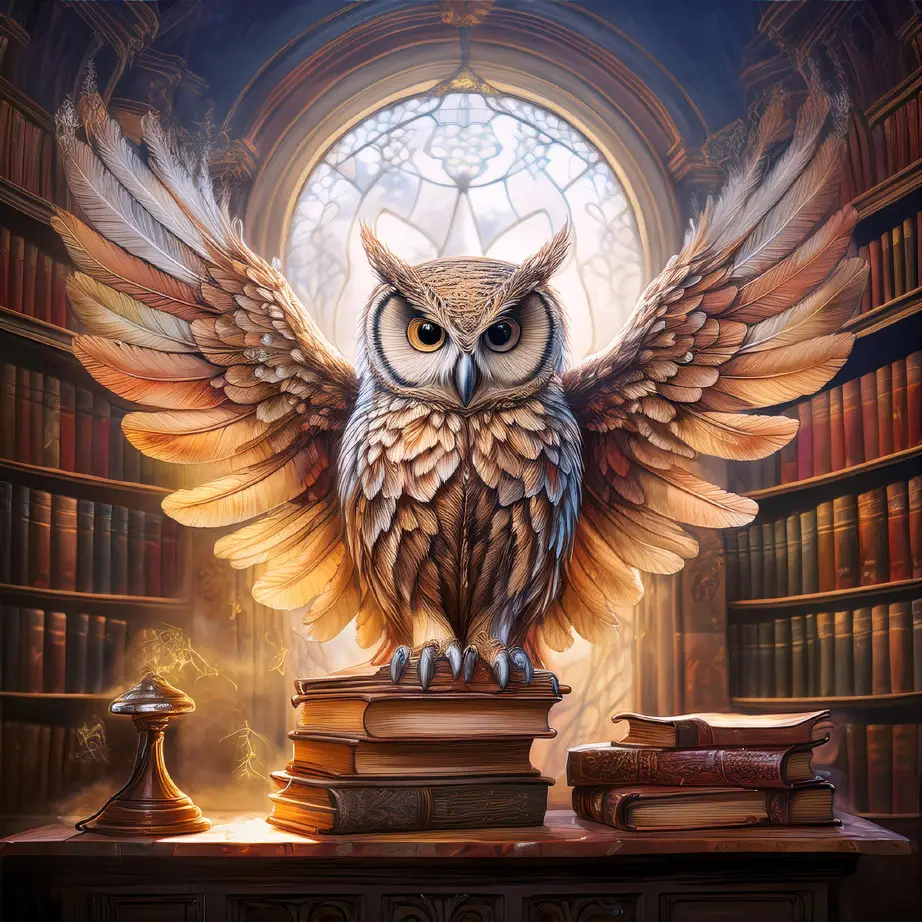
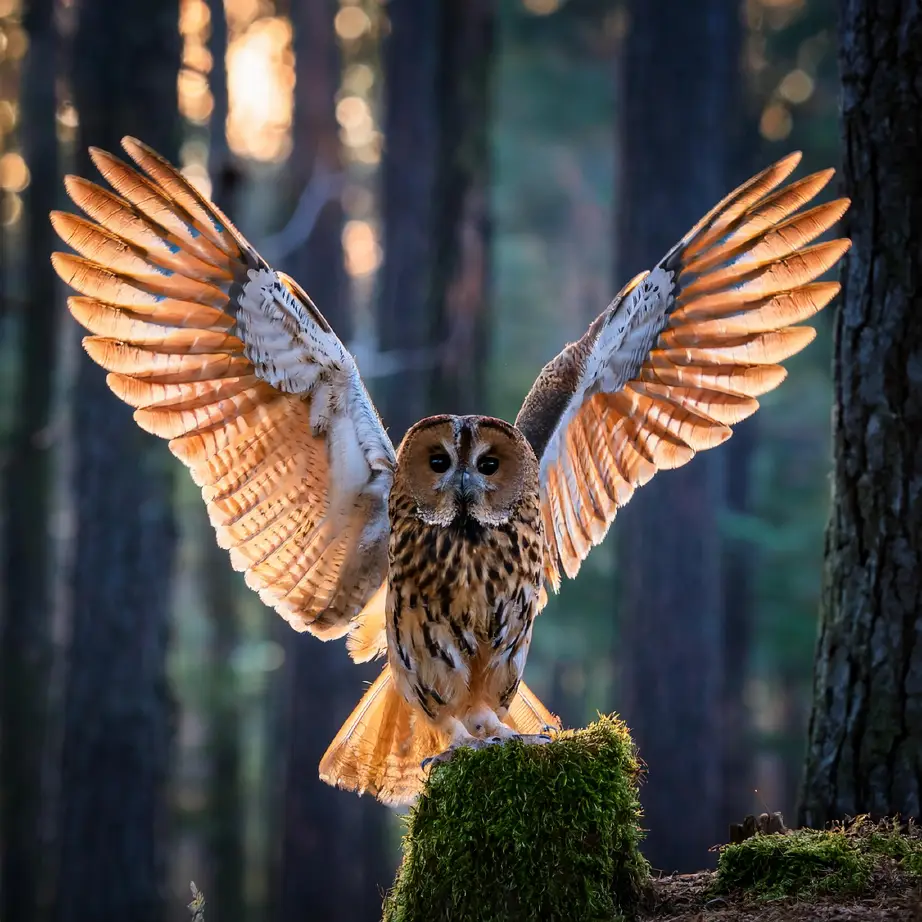
Owls also carry rich symbolism linked to the unknown. In an era where the digital world blurs the line between reality and imagination, owls serve as reminders of life’s mysterious aspects. Their presence in art invites quiet contemplation, offering viewers a chance to pause and reflect.
AI-generated images of owls take this connection even further. Technology allows artists to create lifelike or fantastical renditions, blending nature and innovation. Digital tools provide intricate details that explore texture, light, and shadow while pushing the boundaries of representation. Whether in hyper-realistic or surreal forms, AI images of owls offer a modern twist on this ancient symbol.
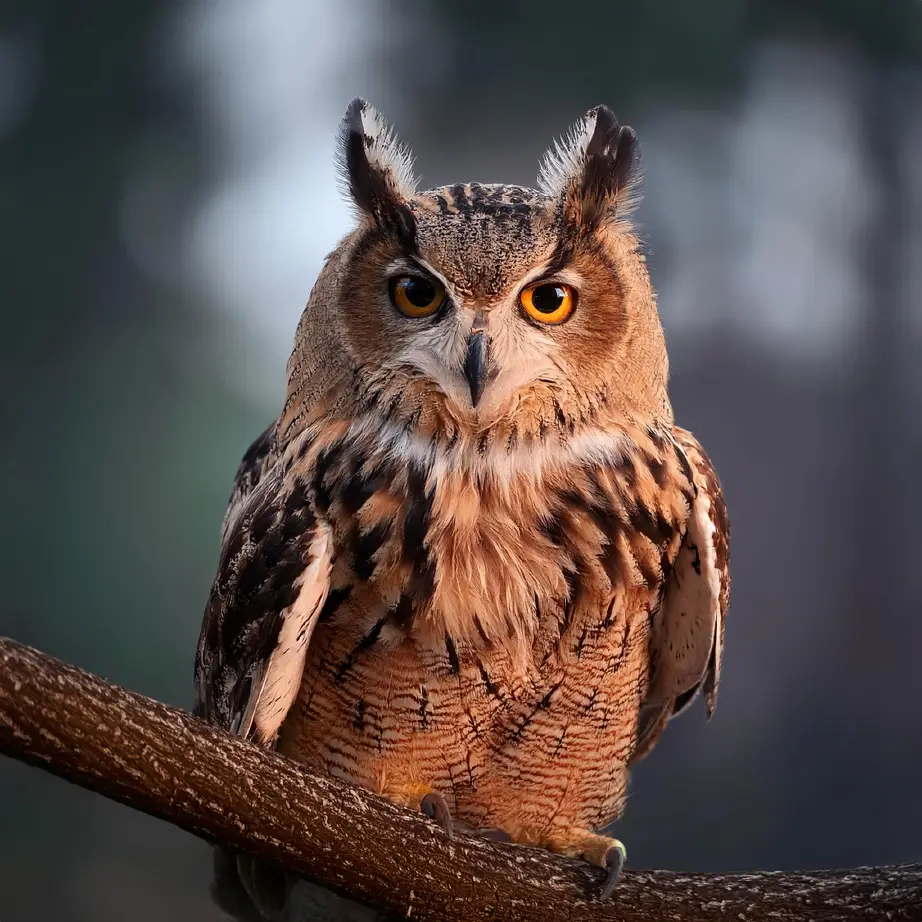
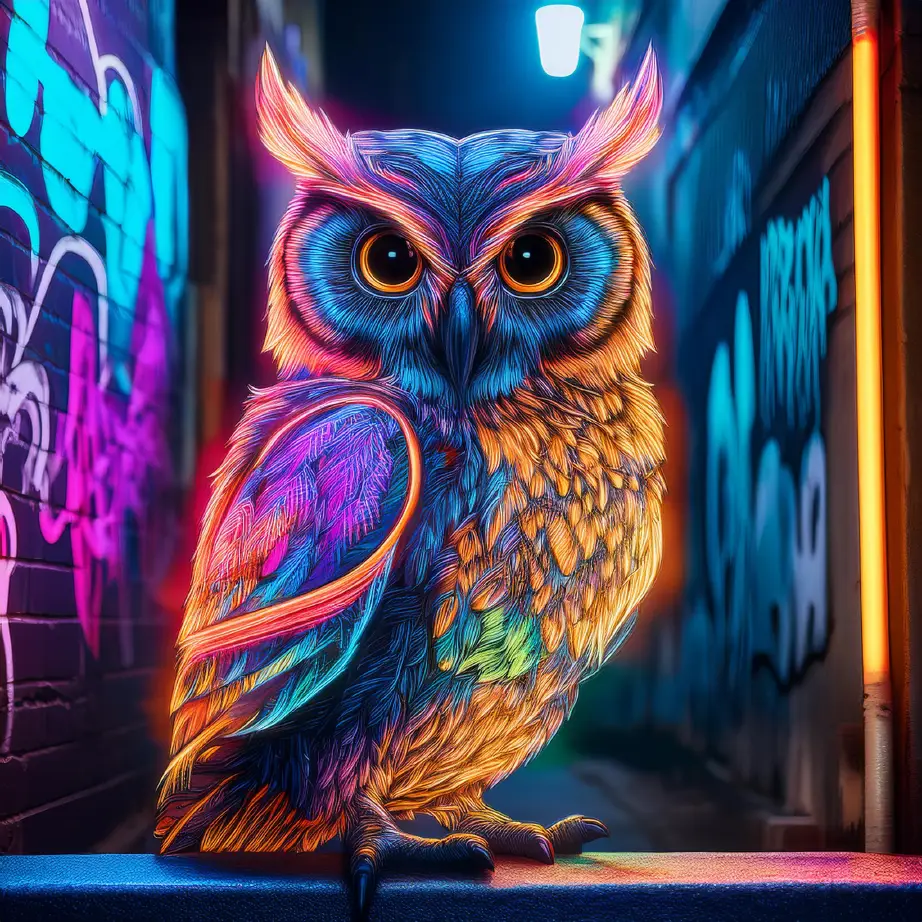
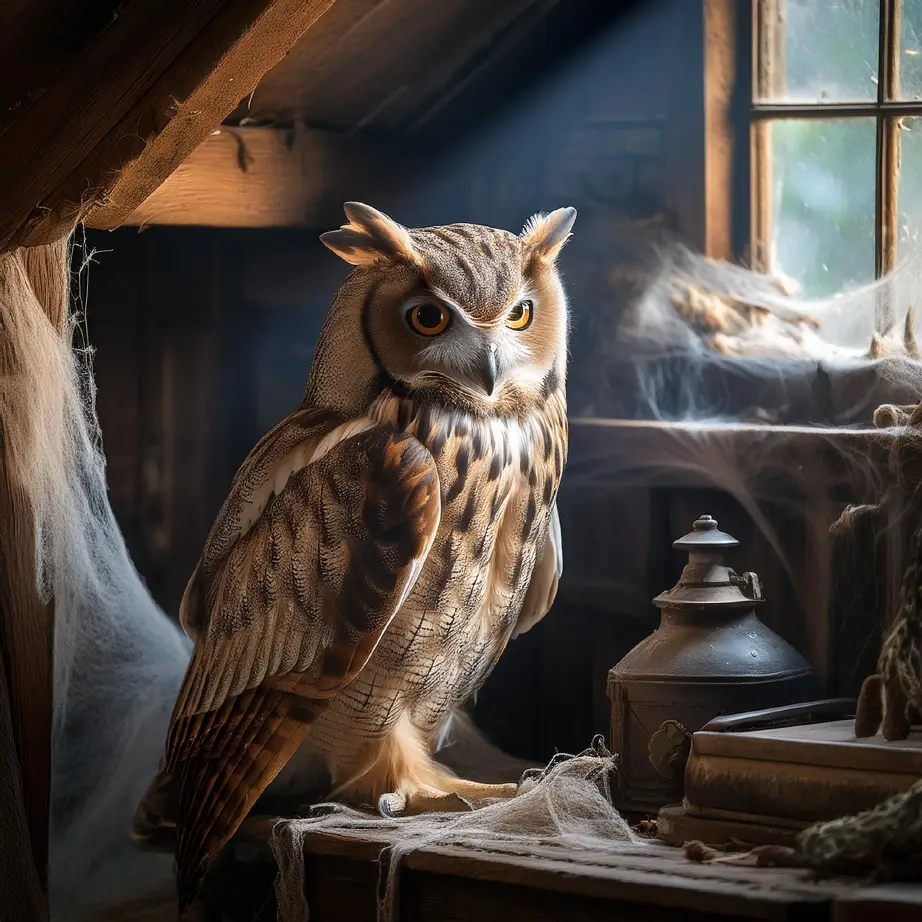
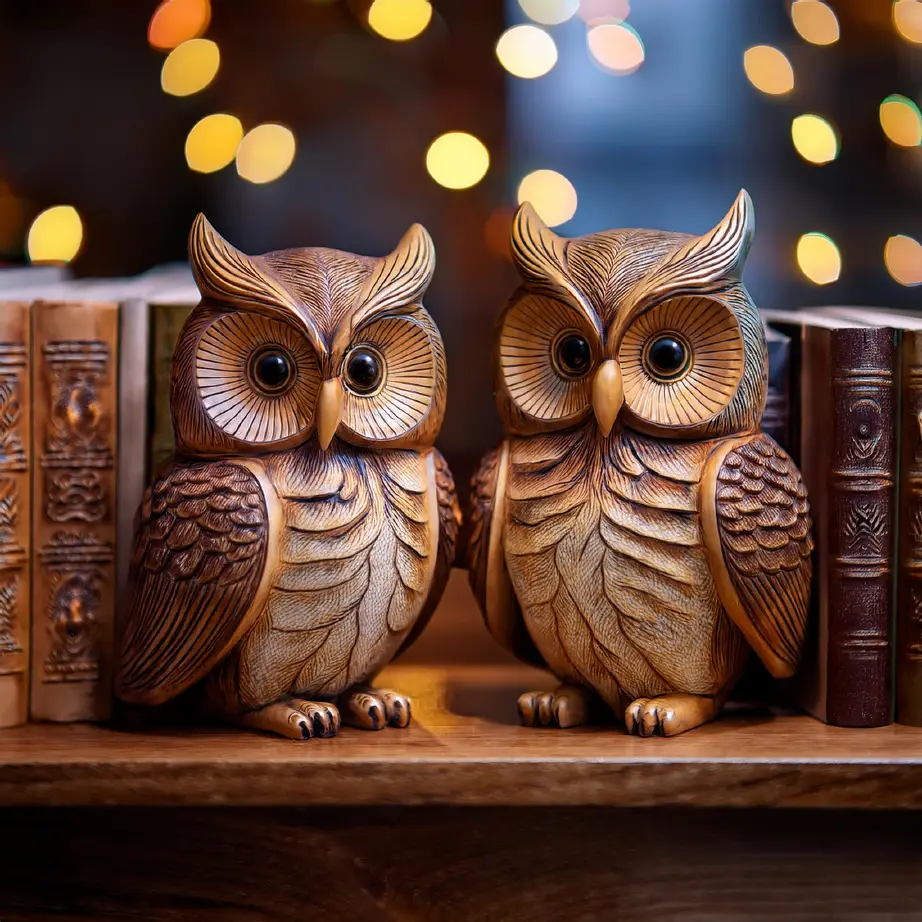
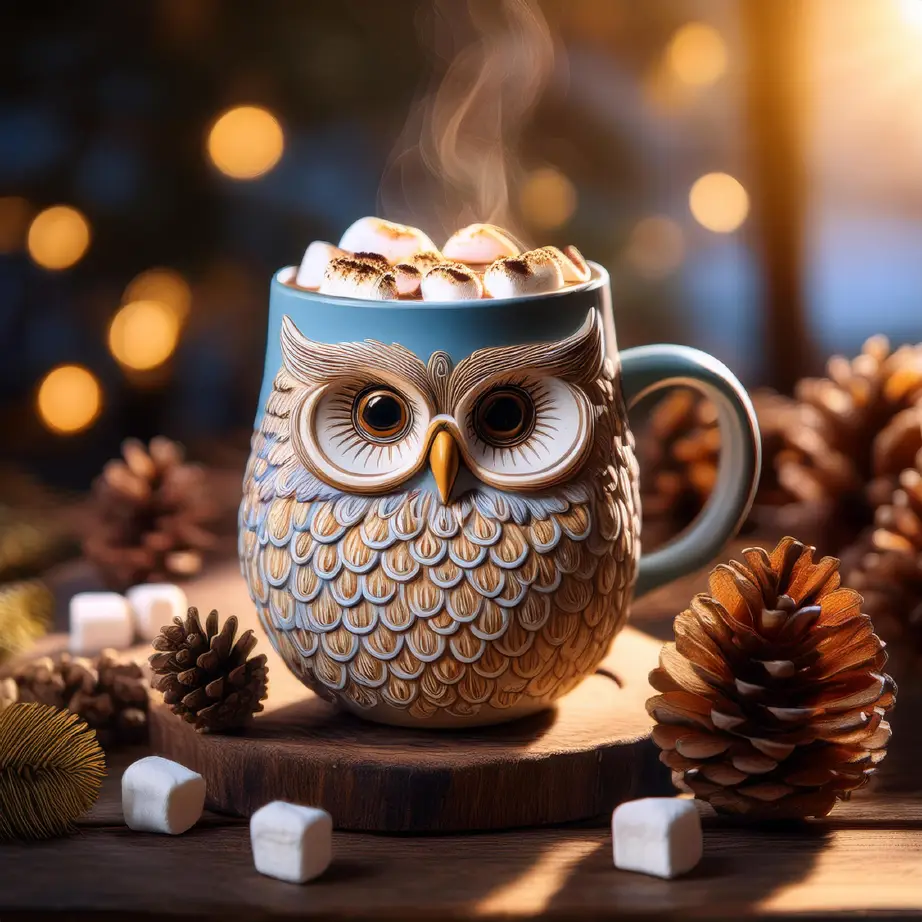
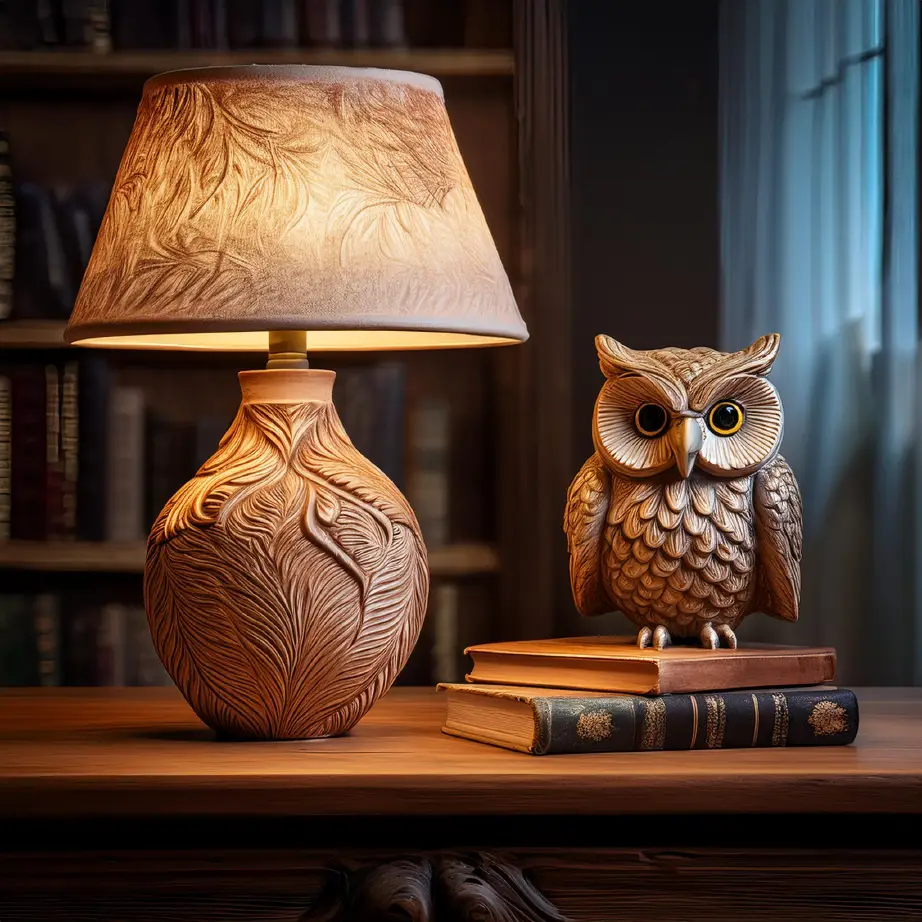
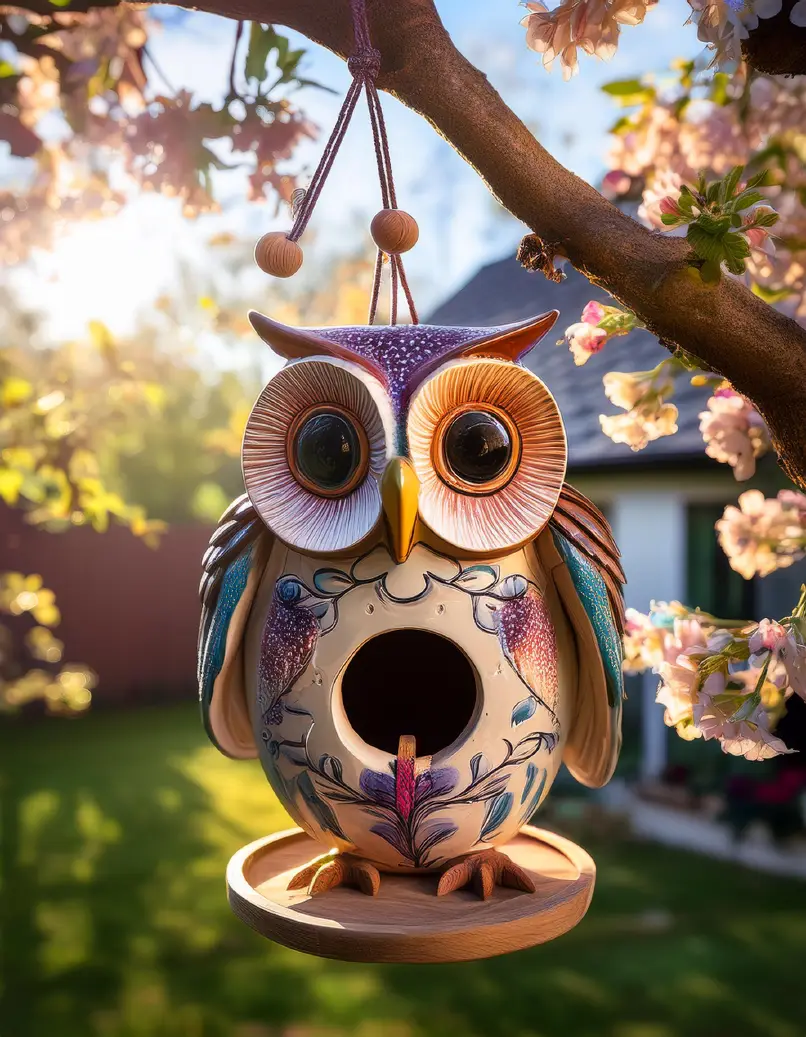
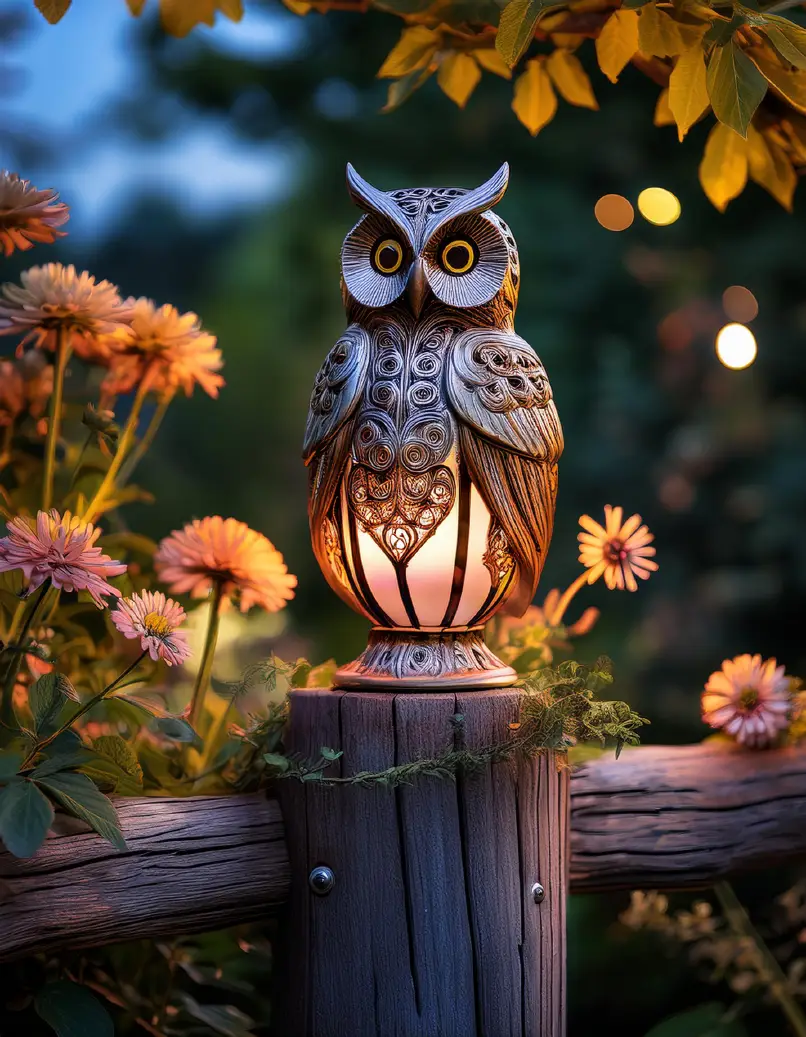
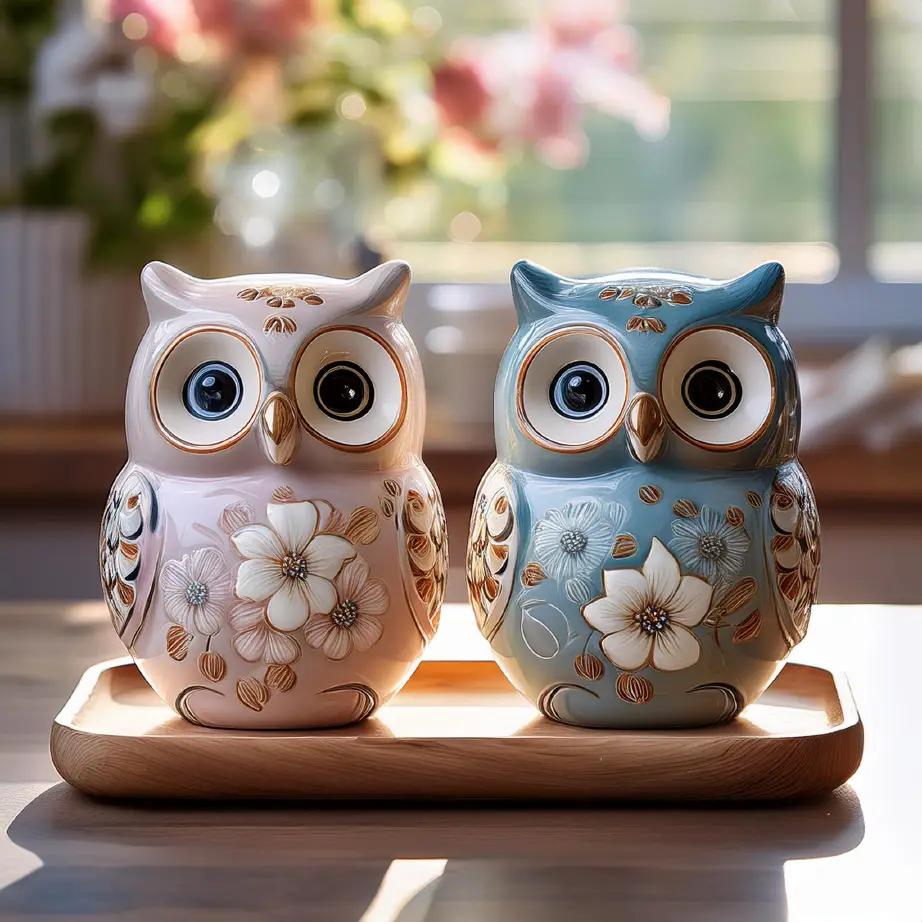
For photographers and designers, owls are an endless source of inspiration for color palettes, textures, and composition. The soft browns and greys of their feathers can be paired with vibrant colors, creating visual tension that invites exploration. The natural patterns found in owl feathers offer opportunities for creative interpretations, making them ideal subjects for experimenting with new techniques or styles.
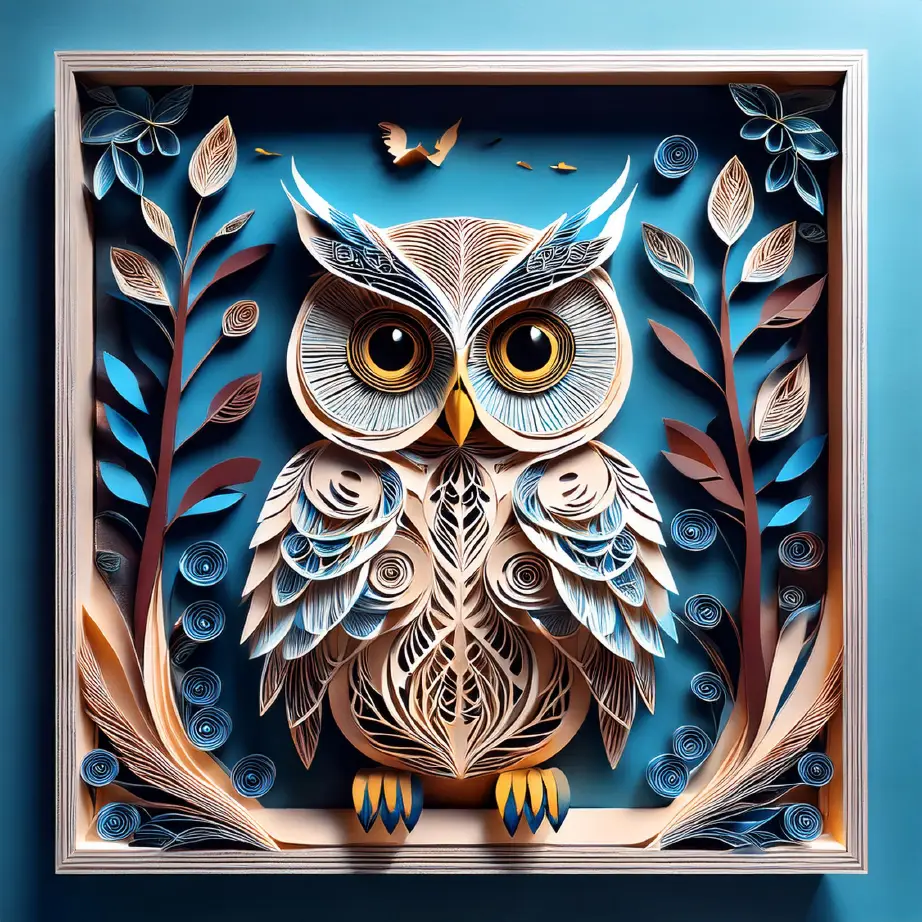
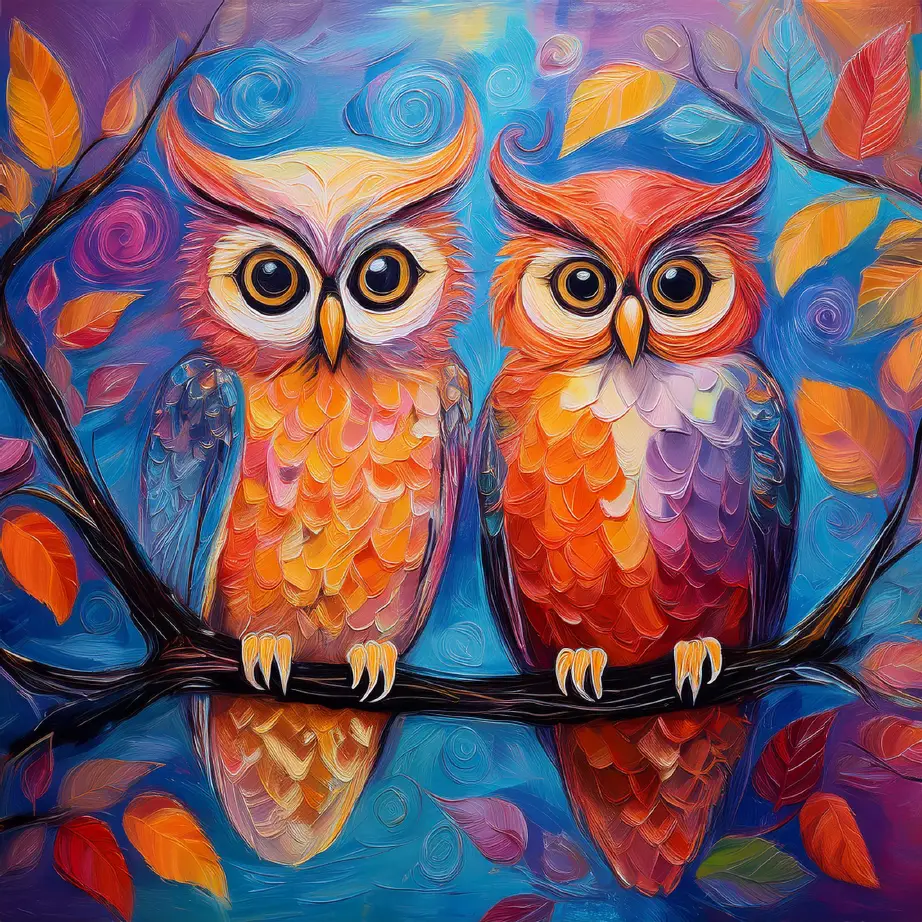
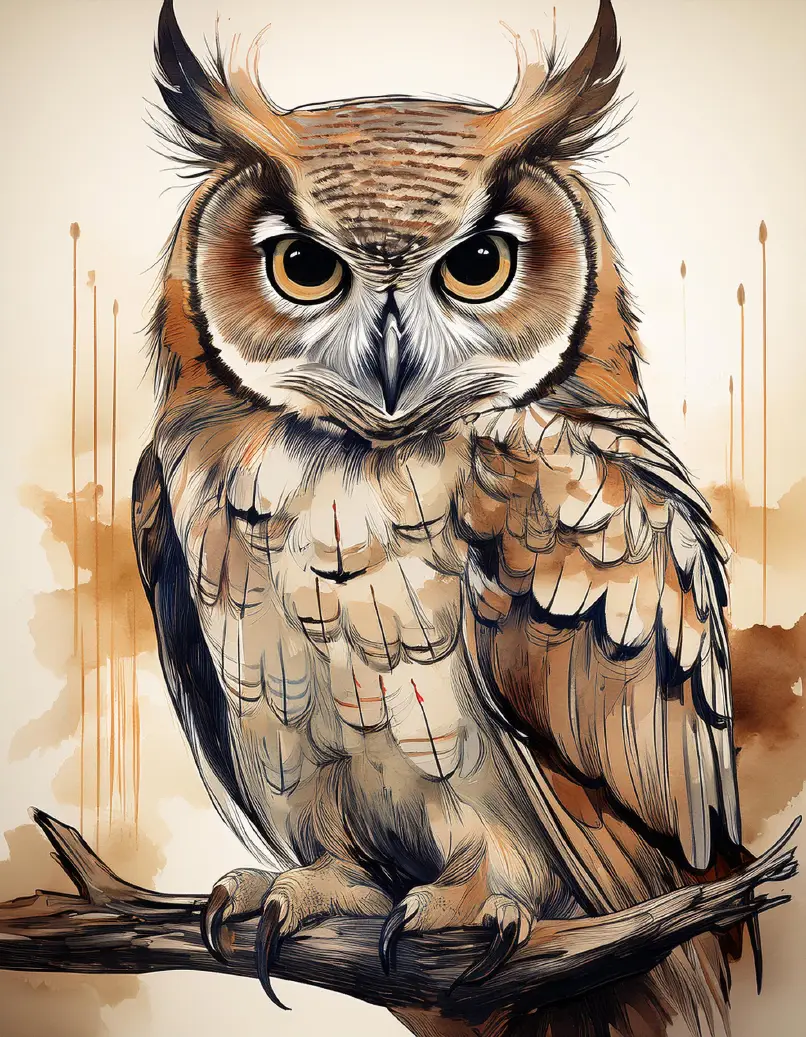
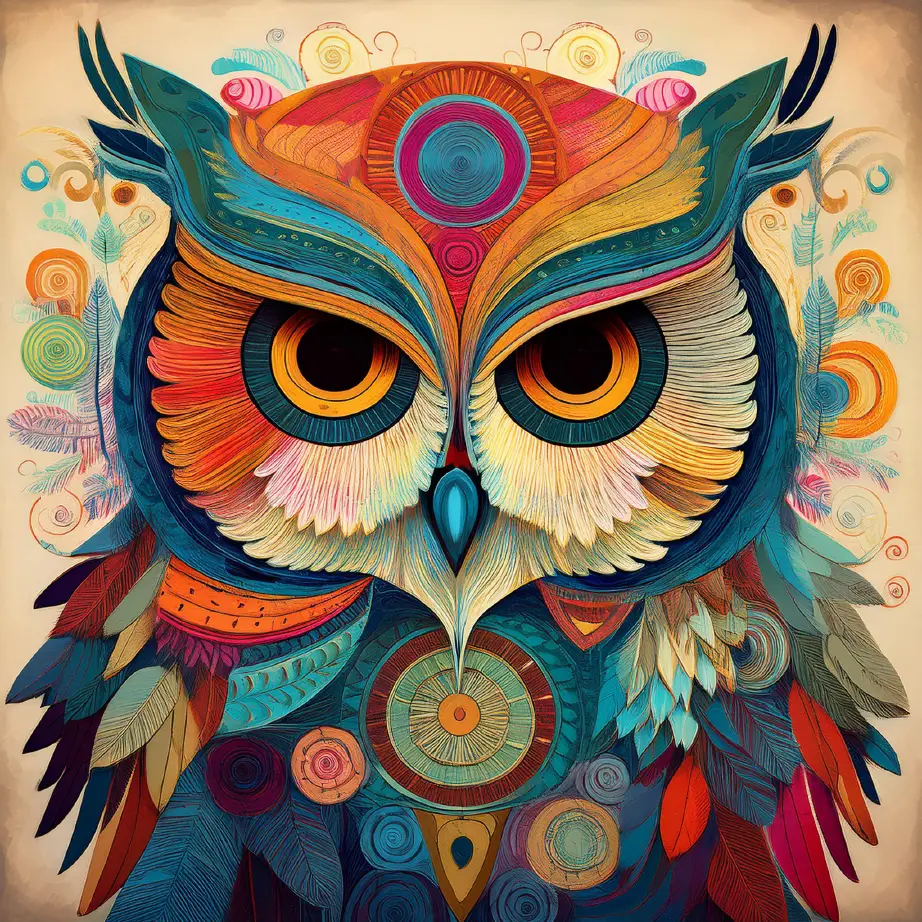
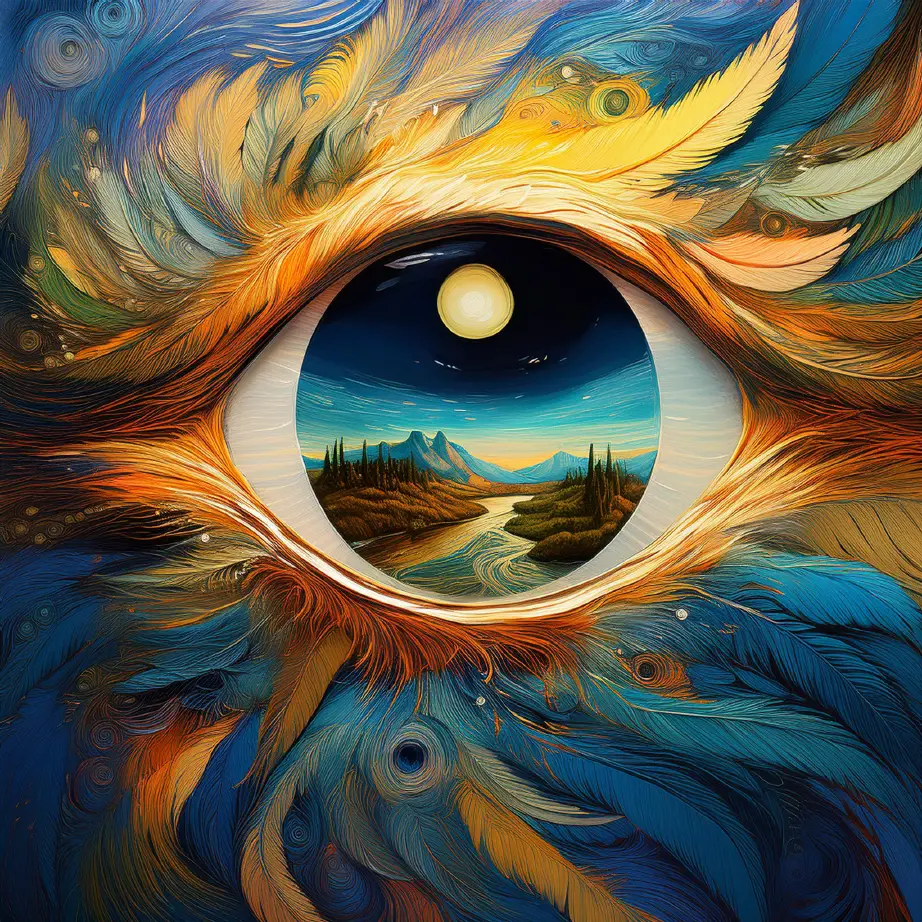
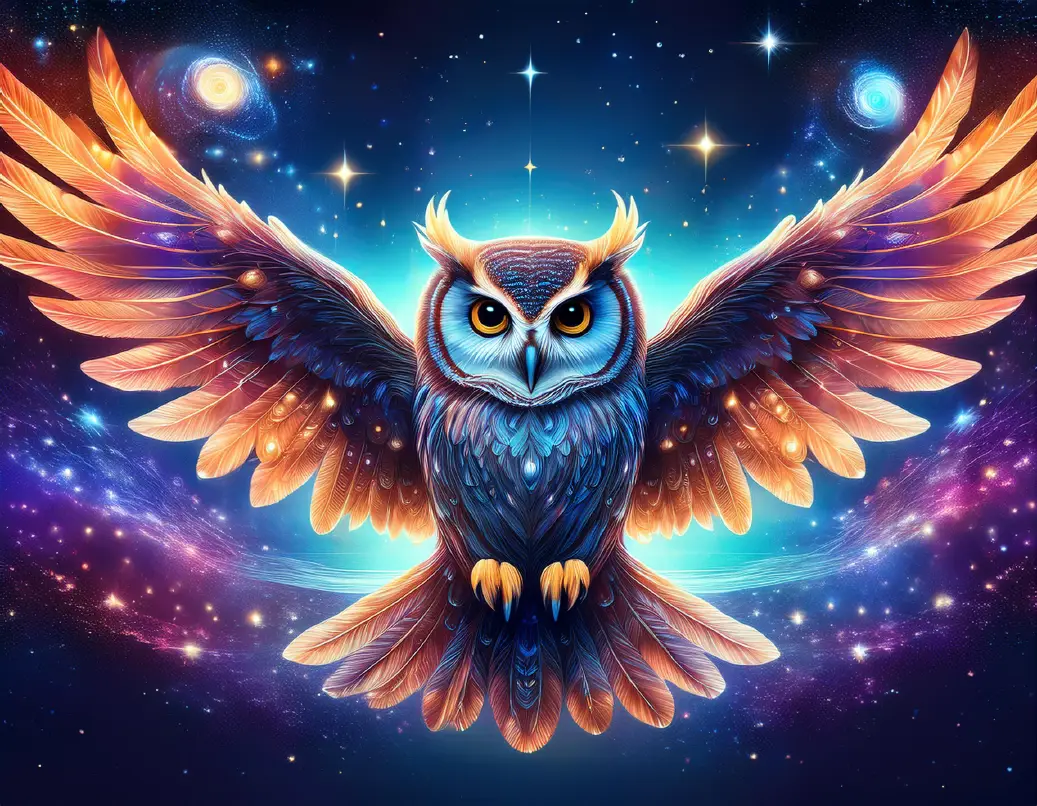
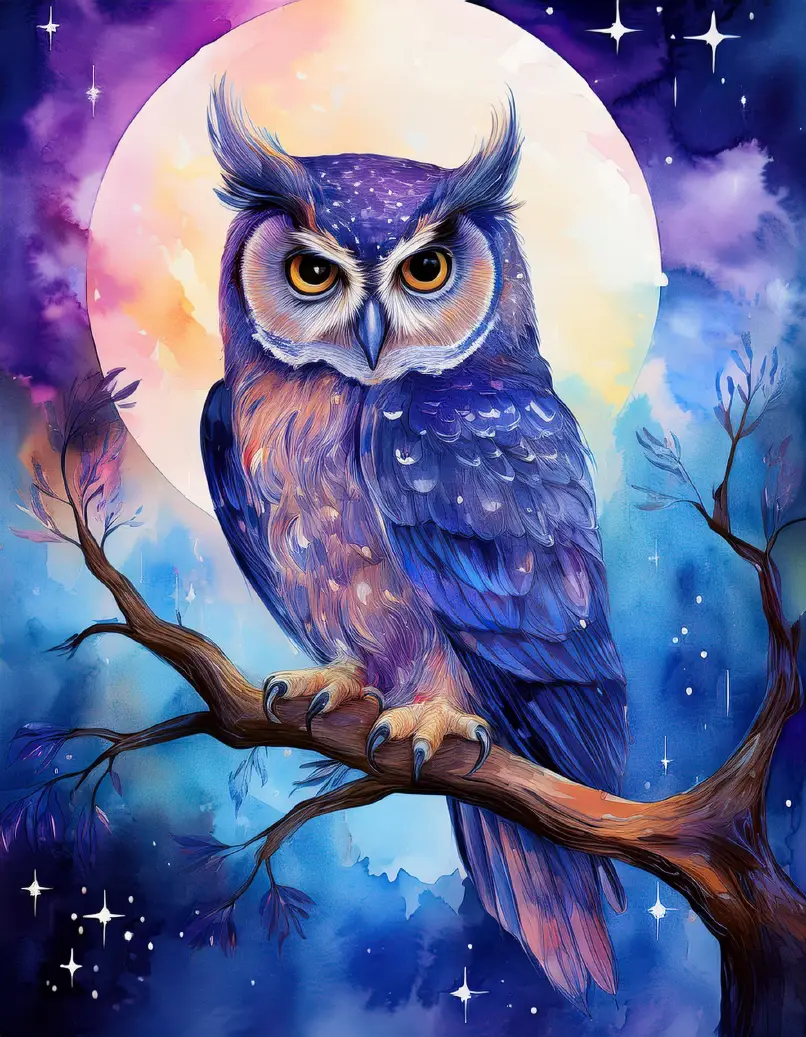
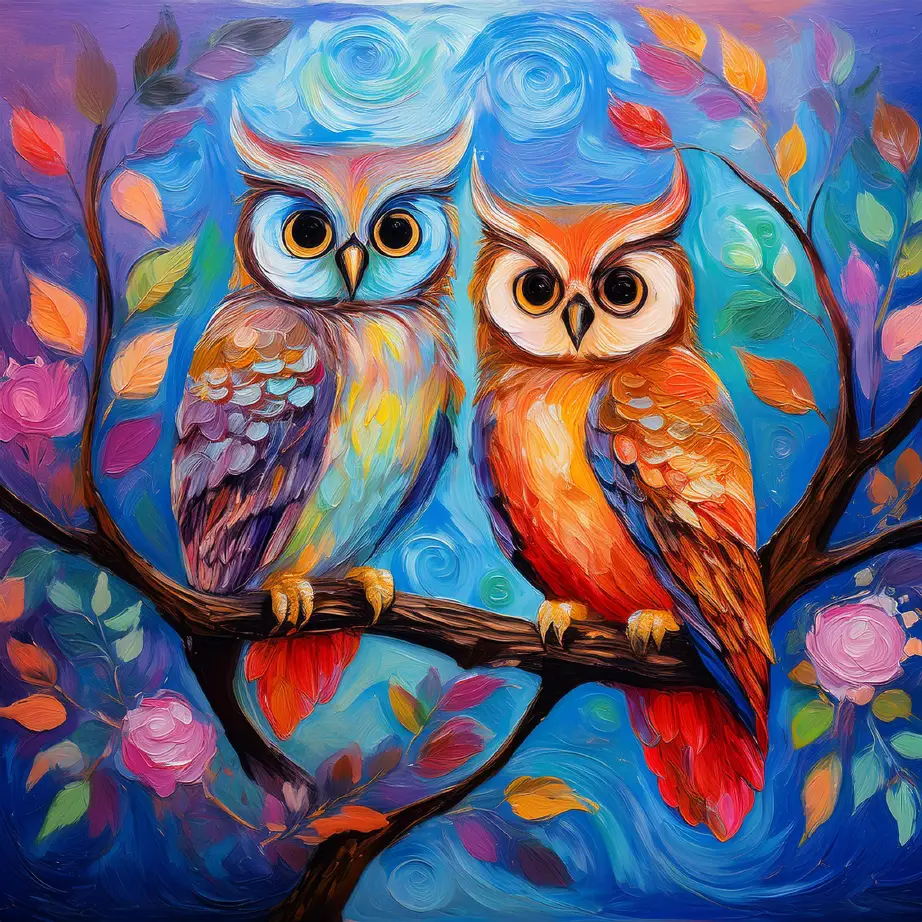
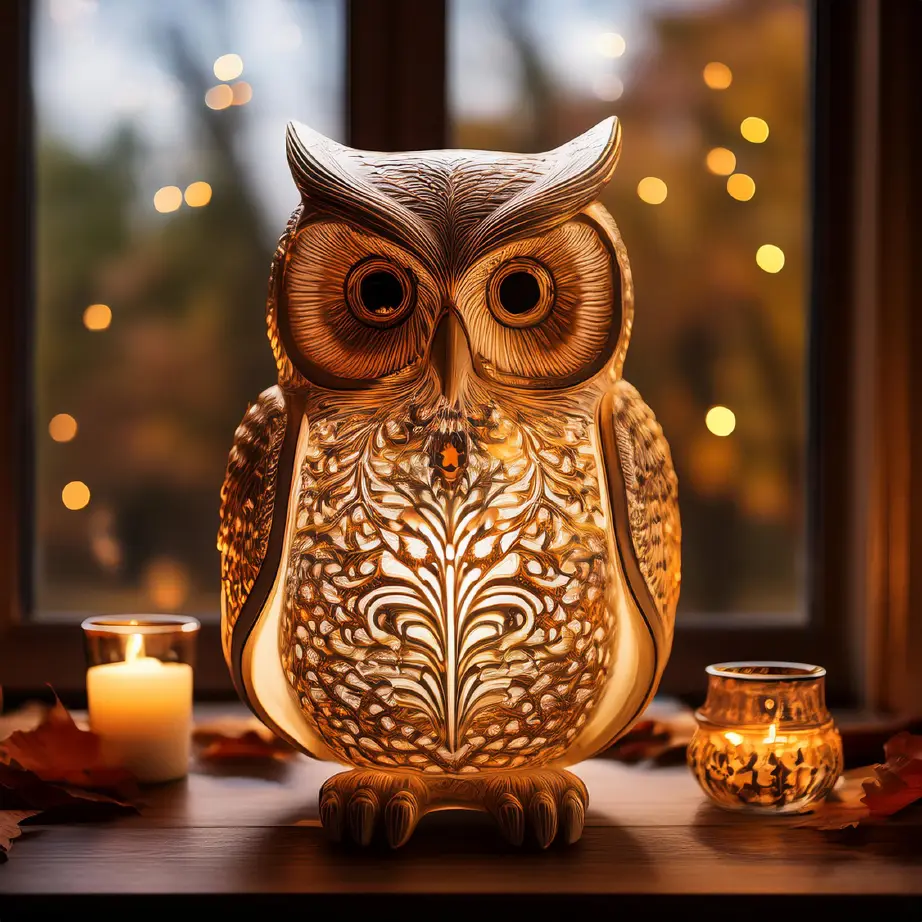
For photographers and designers, owls are an endless source of inspiration for color palettes, textures, and composition.
In summary, owls are more than fascinating creatures—they are powerful subjects in the visual arts. Their mysterious presence, combined with their graceful appearance, makes them an ideal muse for artists seeking to explore the beauty and mystery of nature. Whether through traditional or AI-generated art, owls continue to inspire, offering an endless well of visual possibilities.
Try Photoshop and all Creative Cloud apps free for 7 days.

